For more details about an impact, contact information for NMSU ACES faculty and staff is available at the online directory.
For general questions regarding impacts in this database, please contact Claire Montoya at ccortner@nmsu.edu.
Food & Fiber Production and Marketing
This Pillar addresses the production, protection, and marketing of plant and animal products. College of ACES faculty and staff foster technological innovation to enhance competitiveness and security of New Mexico agriculture, and increase value-added in the state.
Displaying 18 impacts with tag Food & Fiber Production and Marketing.
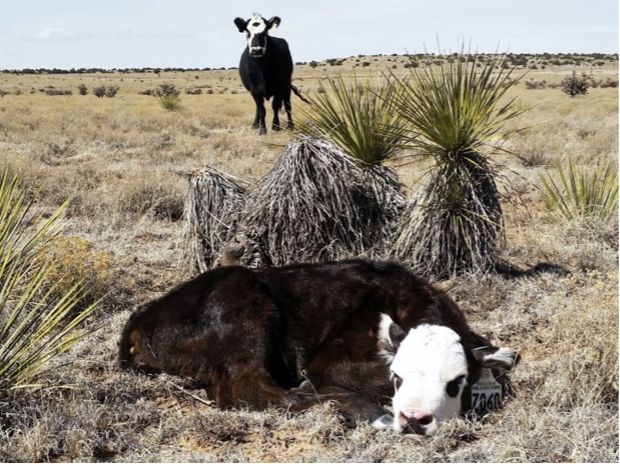
Provision of supplemental arginine during early gestation can improve an animal’s ability to metabolize energy, which increases growth, health, and reproductive success. In combination, these benefits ultimately improve the longevity of beef females and the sustainability of the livestock producer.
More...
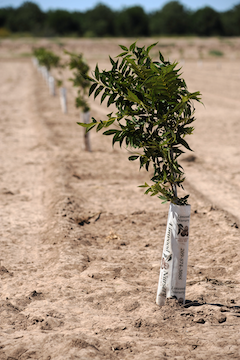
Pecans are a large contributor to New Mexico’s agricultural economy with production exceeding $130 million annually.
More...
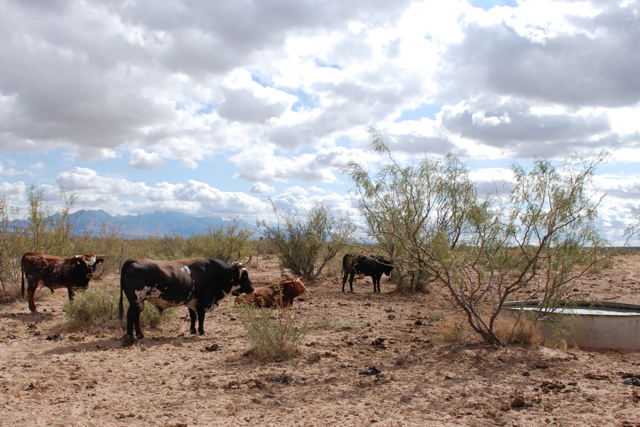
An NMSU researcher led an effort to understand how beef genetics impact the profitability of beef production in arid environments. Significant challenges for raising beef cattle exist in the arid and semi-arid regions of the United States. Limited forage availability and small profit margins are among the greatest concerns in Western U.S. ranching operations. One potential option for ranchers in these regions is using alternative cattle genetics, such as Raramuri Criollo (RC), a Mexican heritage biotype of cattle brought to the Americas by Spanish Conquistadors.
More...

Vineyards and wineries are adapting- grape growing, production, and marketing to meet the rising demand for sustainable products. Wine consumers show a growing inclination to consider how products impact the natural environment, while generational differences impact sustainable wine choices.
More...
(No image)
According to the USDA, food insecurity is defined as a lack of consistent access to enough food for an active, healthy life. In New Mexico, one-third of the state’s population experienced food insecurity in 2020 during the COVID-19 pandemic. This number is three times higher than the national average of 10.5%. In the state, the lack of access to food is partially due to the high incidence of food deserts, which are areas where a substantial number of residents do not have easy access to a supermarket or large grocery store, and approximately 30% of New Mexico counties are considered food deserts.
More...
(No image)
Foodborne diseases remain a major public health concern in the United States, where 31 known pathogens cause 9 million illnesses, 56,000 hospitalizations, and 1,300 deaths annually. Exposure to common food preservatives and surface sanitizers may induce antibiotic resistance and enhance the pathogenicity of bacterial pathogens in meat products.
More...
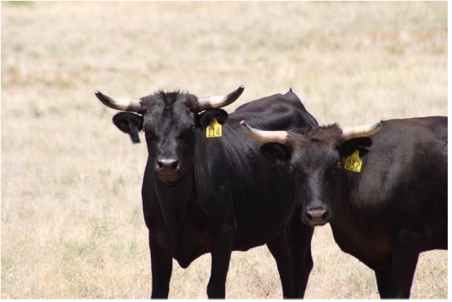
Real-time tracking and sensor monitoring may be tools to identify periods when livestock may experience heat stress and help improve livestock well-being.
More...

U.S. farmers are looking for new crops that will help diversify their farms and increase their profits. Most irrigated agricultural land in northern New Mexico is cultivated by small-scale farmers and ranchers with fewer than 20 acres. Also, northern New Mexico faced water deficit conditions especially in recent years due to climate changes. Now traditional crops are no longer economical for the farmers, thus high value, low-input plants gain their importance.
More...
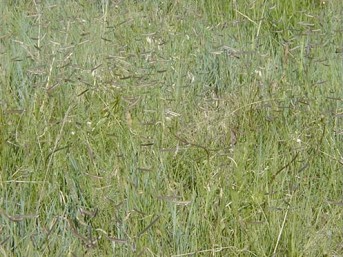
The demand for beef is increasing due to an increasing population and forage-based beef production is one of the most productive agricultural enterprises in the US, including the Southern High Plains of the USA (SHP), where standing forage is the main diet of beef cattle.
More...
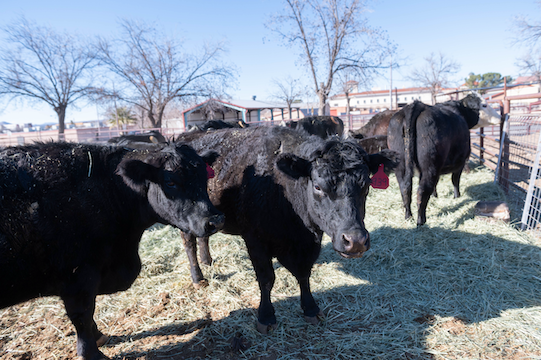
Beef cattle sickness due to diseases (such as bovine respiratory disease) costs the US beef
industry more than $600 million annually in lost revenue.
More...
Jump to page: 1 2